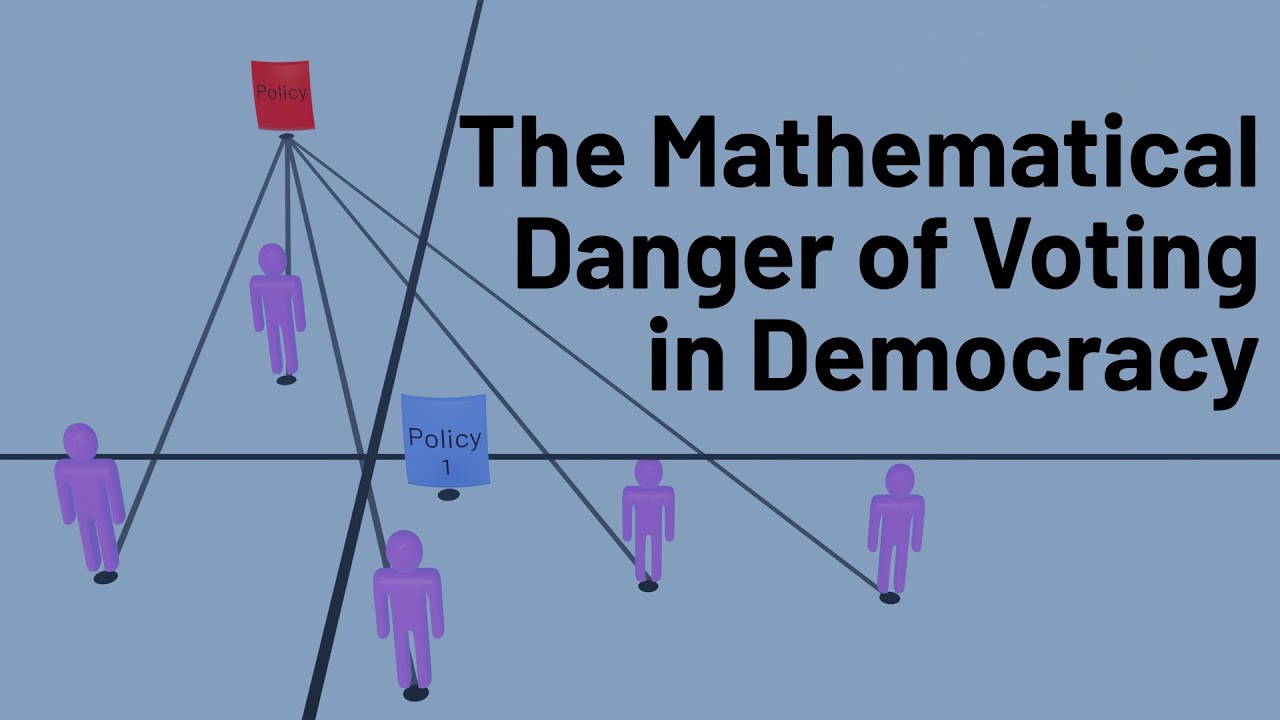willing to bet none of the people dowvoting actually watched the video
edit: curious to hear what specifically people who are downvoting disagree with in that short 6 min video
I think the video is an interesting thought experiment, but I don’t know that is holds weight within the scale of the political spectrum. I think while a more progressive viewpoint of the world is by using a 2D map of economical and political leanings, that isn’t really the case in real life. People will usually vote along a 1D political line, wherein the entire point of the video falls apart. The choice isn’t between 4 quadrants, the choice usually is how left or right something is in a linear scale. On a linear scale, you can’t really gamify the policy to work like they describe in the video.
I think that it does, and there’s even a study analyzing many decades of US policy that shows that this is precisely what happens in practice
That study doesn’t conclude that at all. That study says that the policy will follow interest groups and generally what the “elite” want. It’s like saying “hey, if you use this strategy in Monopoly, you can generally win out against the other players in the long run. This study show if you’re a banker, you can literally just decide the dice rolls whenever you want”. That’s two entirely different things. Continuing the analogy, it’d be like if the banker decided another player land on one of your properties. Yes it benefits you, but the only thing the banker cares about is bankrupting that player. It just so happened to benefit you. It wasn’t some way to “slowly move the policy”.
What the study shows is that a tiny minority of the population happens to pretty much always get what they want politically even when the majority of the population disagrees. This necessarily implies that the minority is able to manipulate the system in a way beneficial to them as the study explains in great detail. Manipulation of the vote through the means described in the video is a core part of this.
You seem to be confusing the mechanics of how capitalism works where wealth accumulates with a handful of people with the process of democracy. The wealth accumulation itself isn’t what’s influencing the democratic process. The influence is expressed via ownership of the media, funding of politicians, lobbying, guiding policy decisions, and so on. These are the tangible actions the oligarchs take to mold the system to their interests.
Which is not what the original video is talking about; almost the exact opposite to the study. I’m not confusing the mechanics of how capitalism works, nor am I misunderstanding the way in which the wealthy few use their wealth to manipulate the media to get voters to side with them just enough to not revolt. What you are confusing is the study effectively points out that the will of the populace is inconsequential compared to the will of the ultra wealthy. They don’t have to sway the people. They have a much smaller pool to sway, which are the actual people who vote on these policies. Why go through 8 iterations of of policy when you can purchase enough of the actual voters (senators and representatives) to where the populace is irrelevant to sway. The video is how to do it in a “fair” manner. The study implies how it’s actually done: purchased and paid for. That’s a flaw in any form of government; not some exclusive exploit towards democracy.
The original video illustrates a specific mechanism for manipulating public opinion. This is still required to convince people that they live in a free society where their votes matter. This veneer of democracy is why substantial parts of US population go along with the system. Each party presents a set of policies and then people go to vote against the policies they think will hurt them the most.
The study implies how it’s actually done: purchased and paid for. That’s a flaw in any form of government; not some exclusive exploit towards democracy.
This is not a flaw in any form of government. It’s a flaw in capitalist societies that allow for huge amounts of inequality and private ownership of the media.



